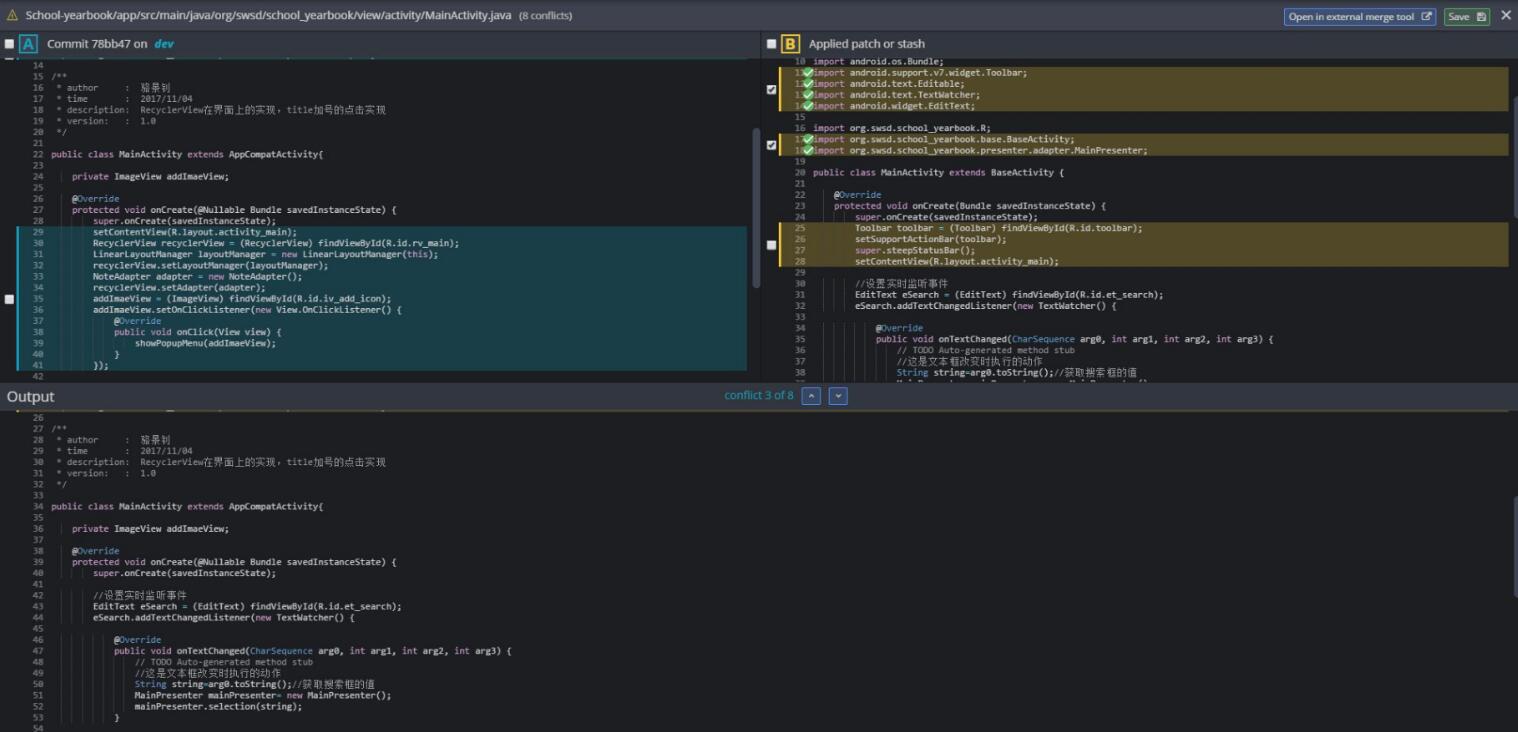
Do the work, commit one or more changes. For every new change I make, first I checkout master branch and pull the latest changes:. Doesn’t matter which url you use if you only read from the repository. To avoid having to enter user credentials every time I recommend setting up key based authentication and using ssh urls for any repository you plan to push changes to. You can get repository urls by navigating to it in web ui and clicking clone button Add my fork’s url as a secondary remote. Create a fork by clicking a button in github/gitlab UI. In general my flow for contributing to any github/gitlab repo is like this: Gitlab’s documentation is pretty good if a bit verbose That’s just one of the many ways to create merge request but they all go through the same form, the way I described just prefills some relevant info so saves you time. Some help with getting the right steps and commands in the right order is appreciated.Īs far as interaction with external repositories go, I’ve not done much more then made clones of github / gitlab. Or maybe, halfway make a branch somewhere? 
Somehow make a merge request from the change on my personal copy on gitlab.

Make a copy of the KiCad repository on gitlab (Found a button for that).So now I have a very discrete example of wanting to make a merge request for a few simple icons I’ve changed. I’ve tried this before, but get lost in tutorials that are longer then my attention span, or do not handle interactions with external repositories at all. To make such a merge request, I’ve got to put some data on a visible place, and preserve the links with the rest of the KiCad project. Even made some branches and switched between them. It would be best if you could open a merge request for these so we can keep track.Īt home I’ve been experimenting with git, and I can manage to init a repository, add some files, make commits.






 0 kommentar(er)
0 kommentar(er)
